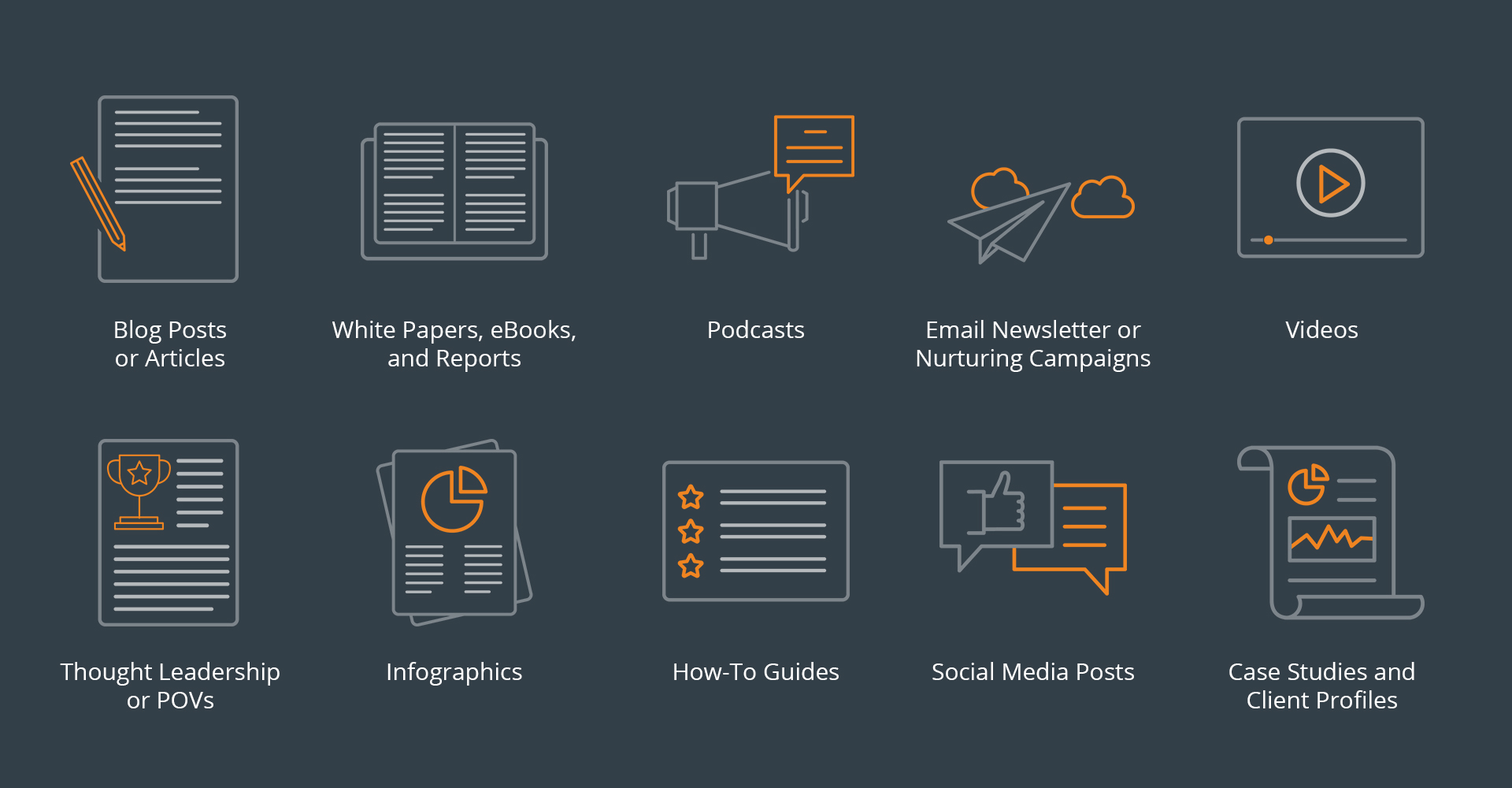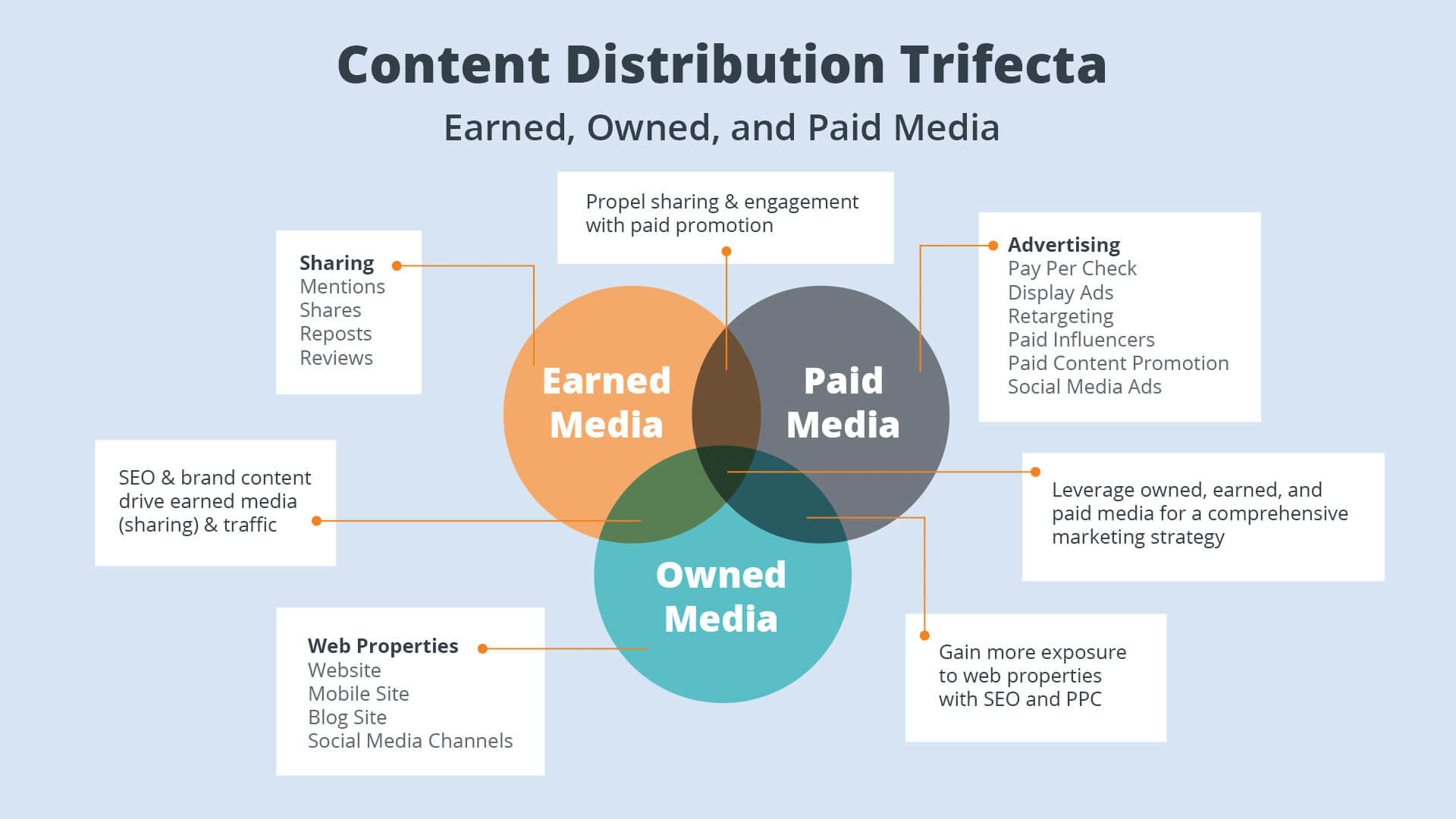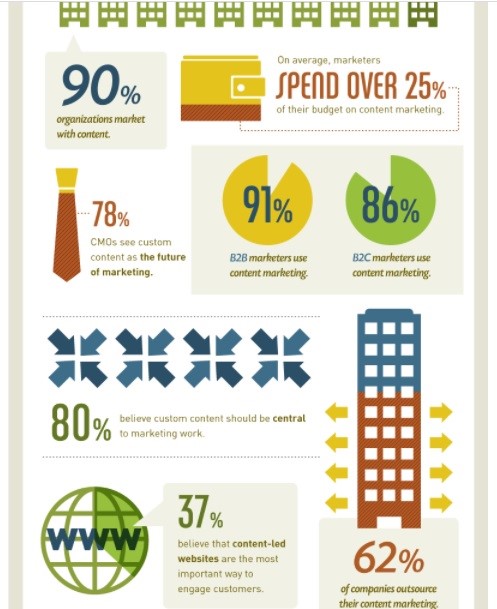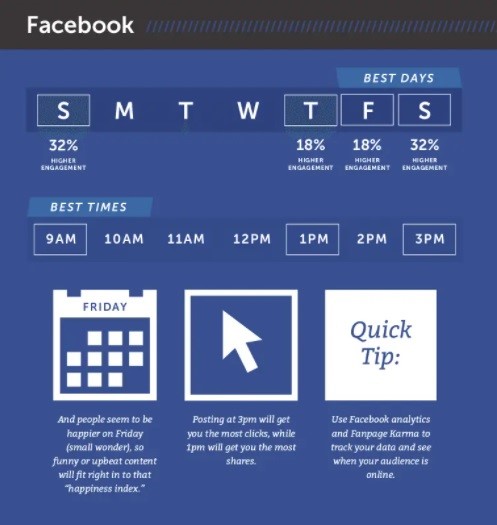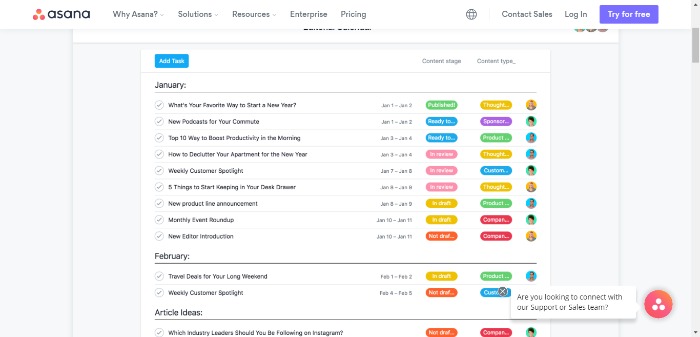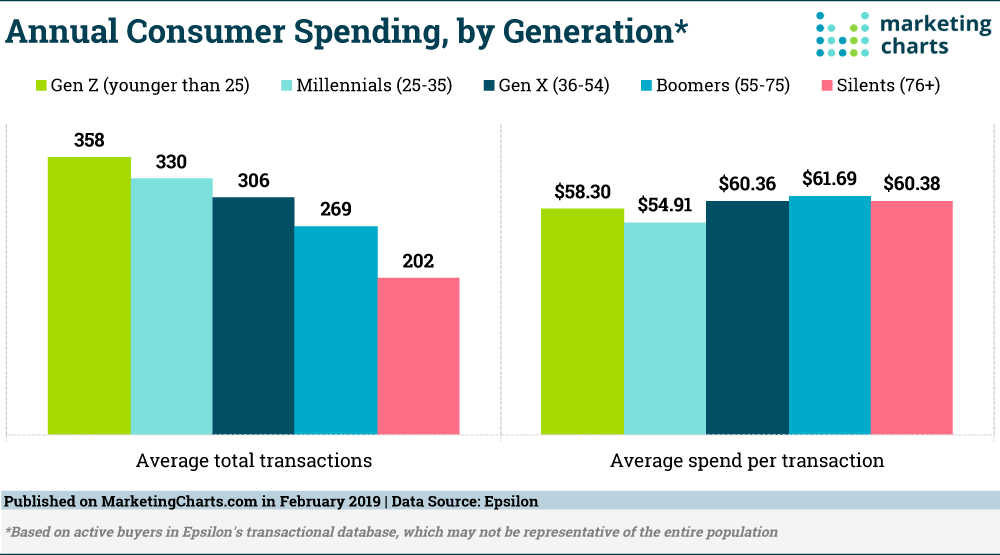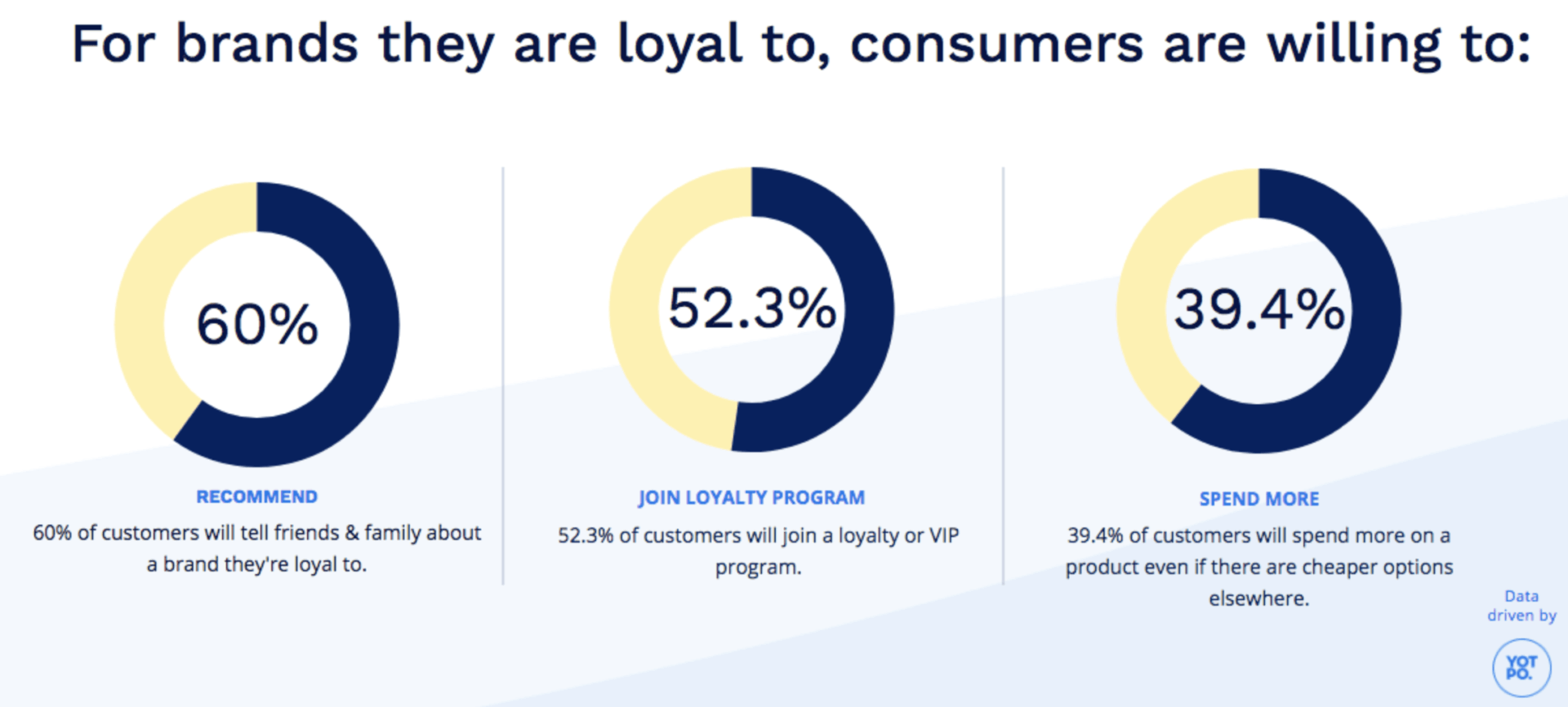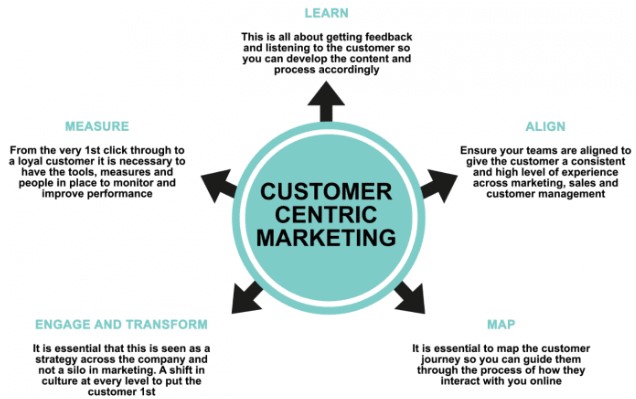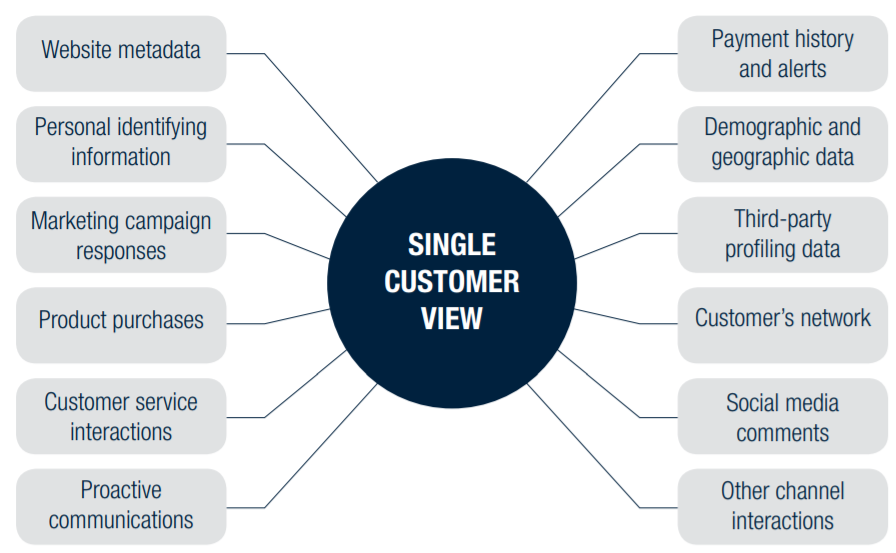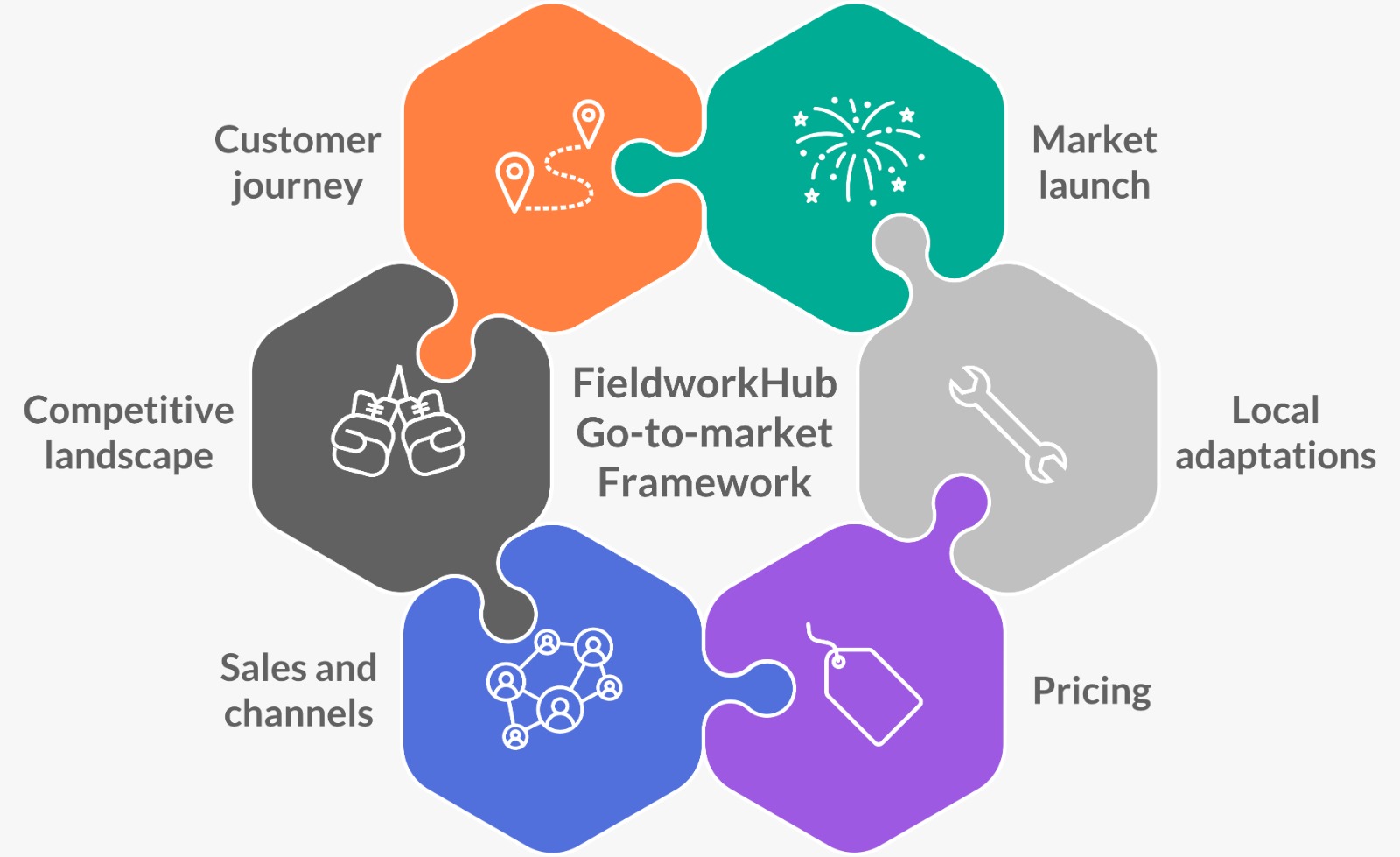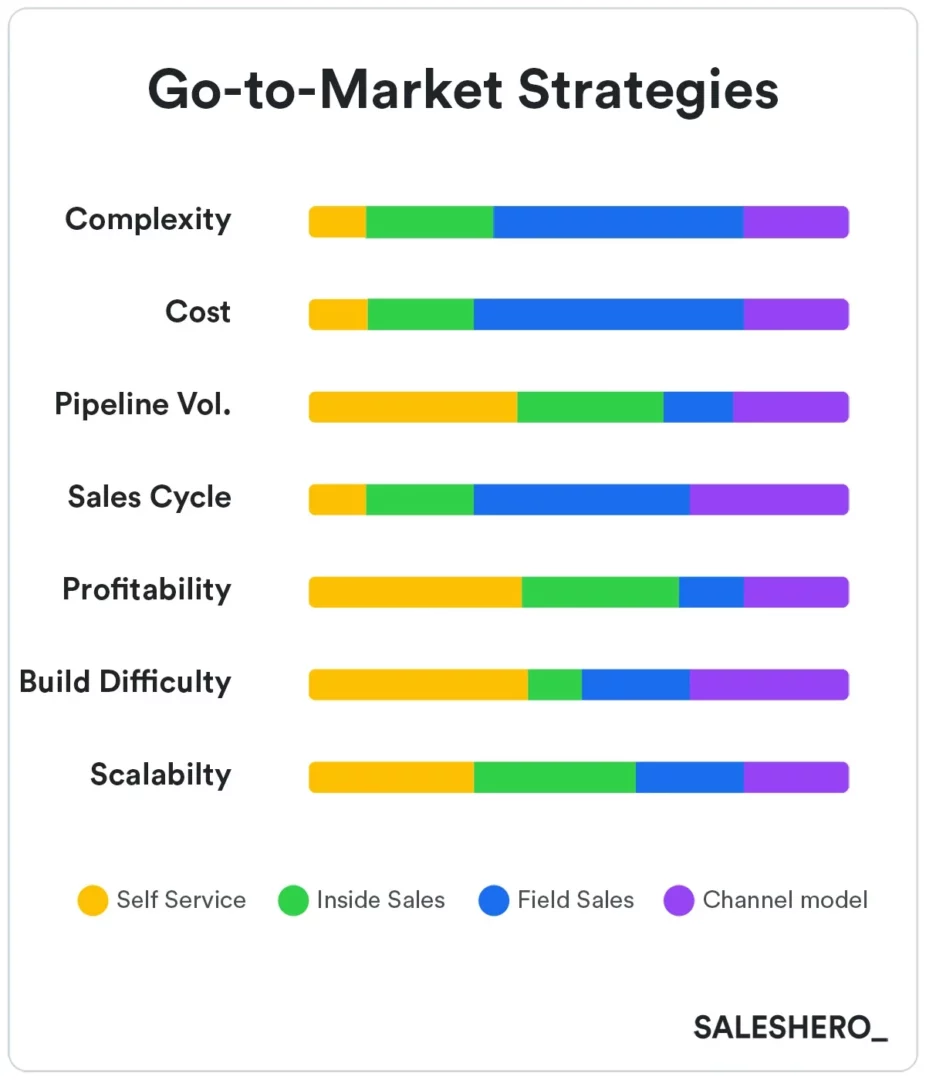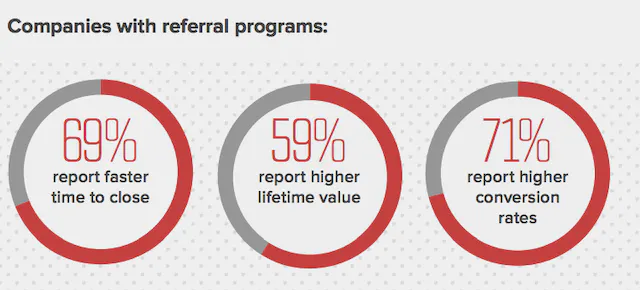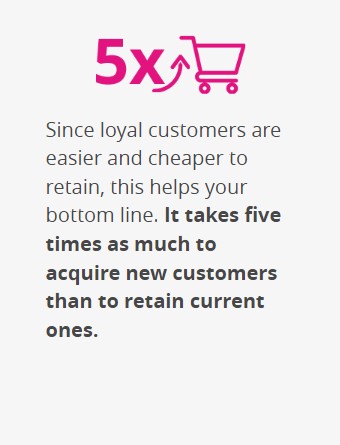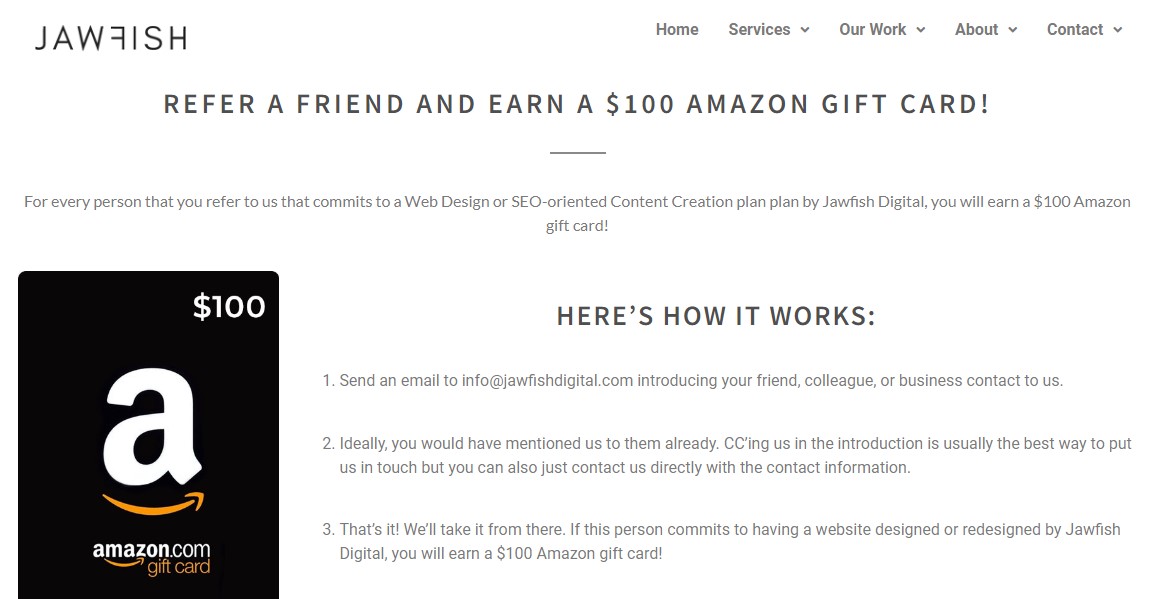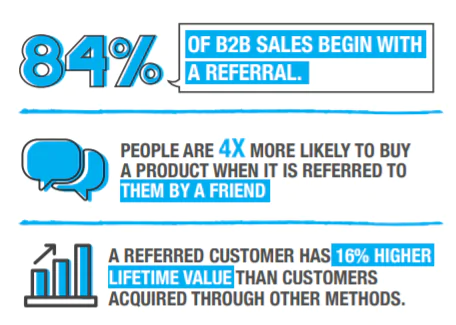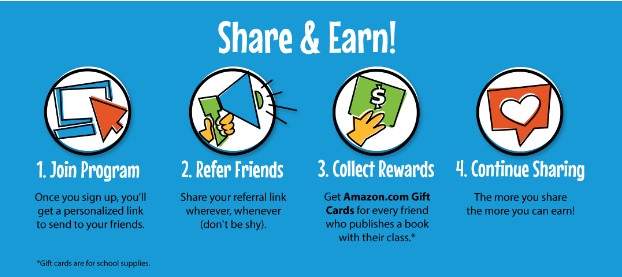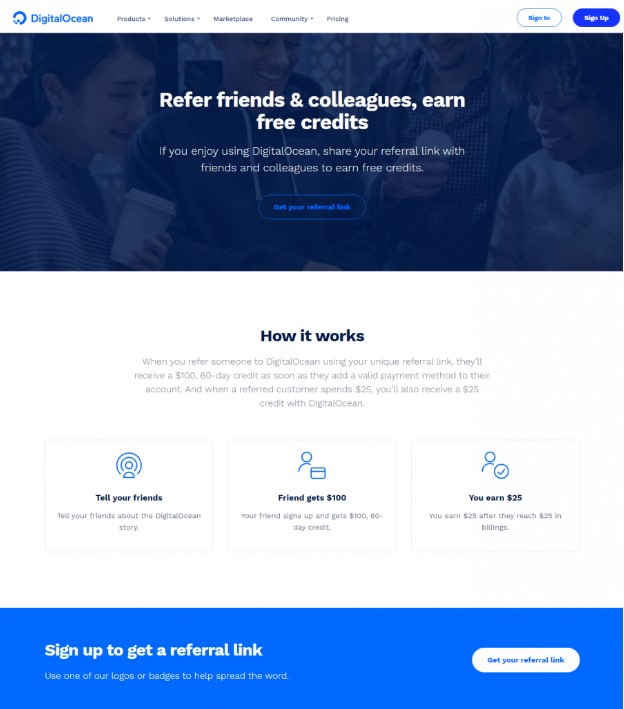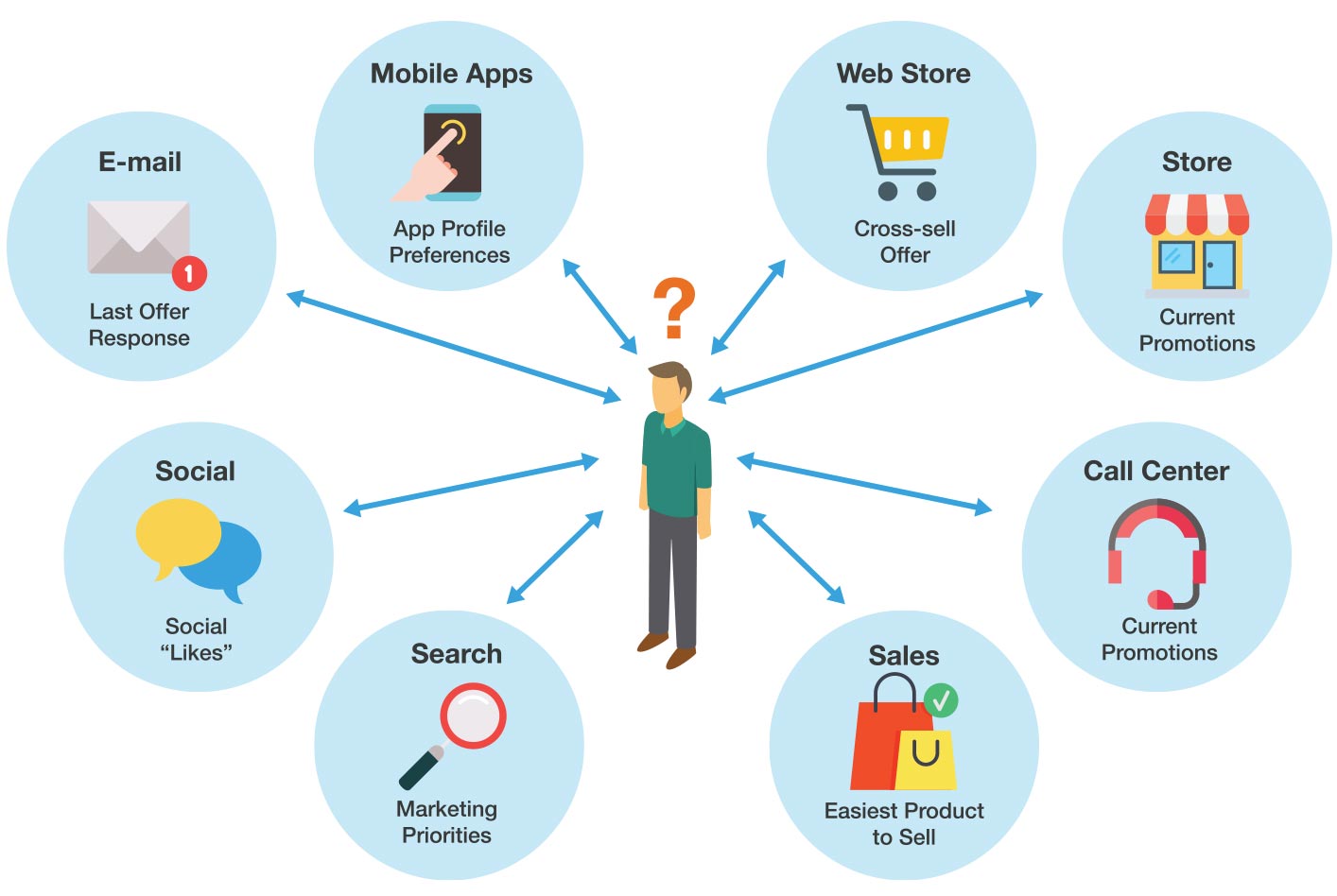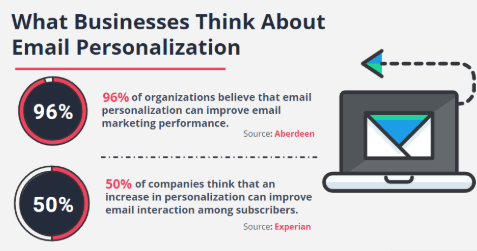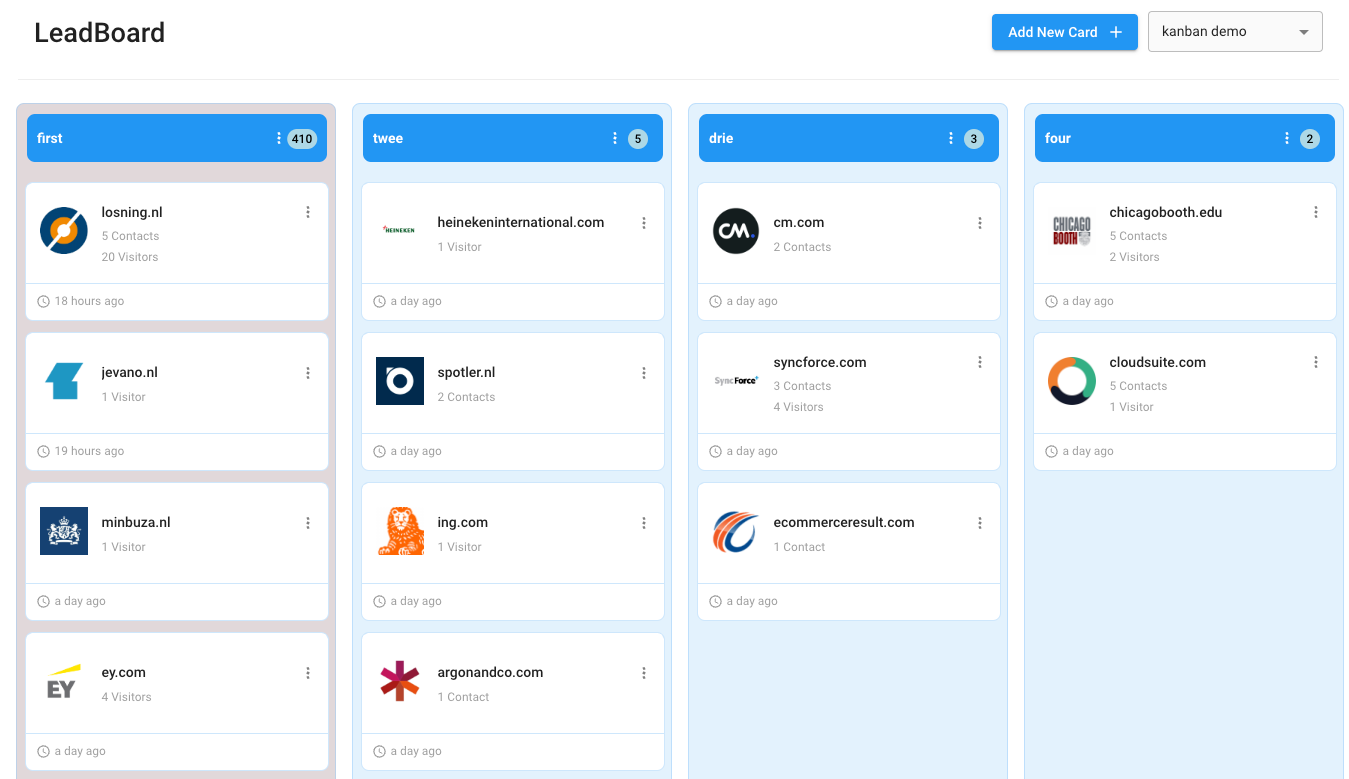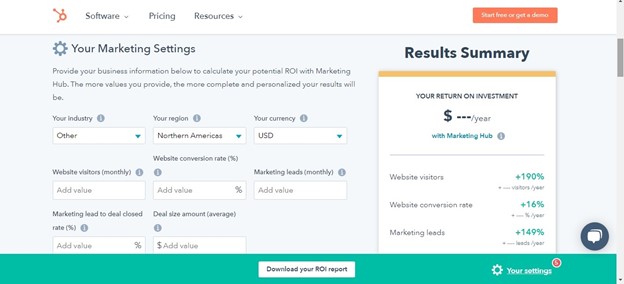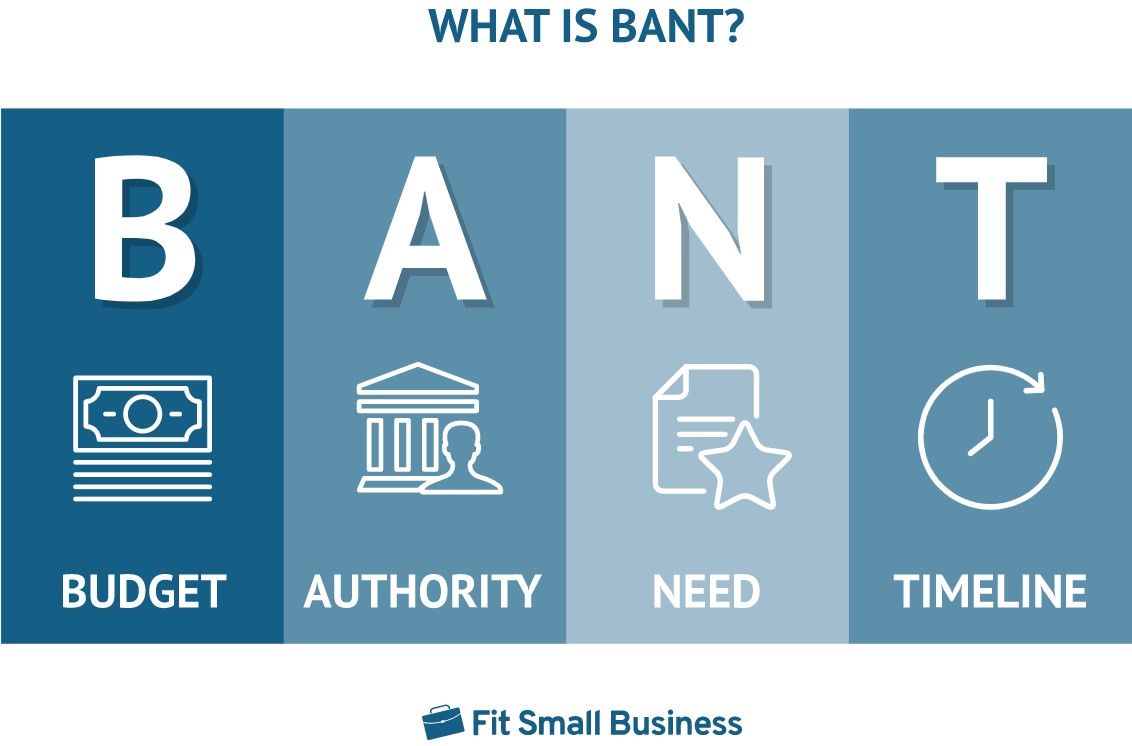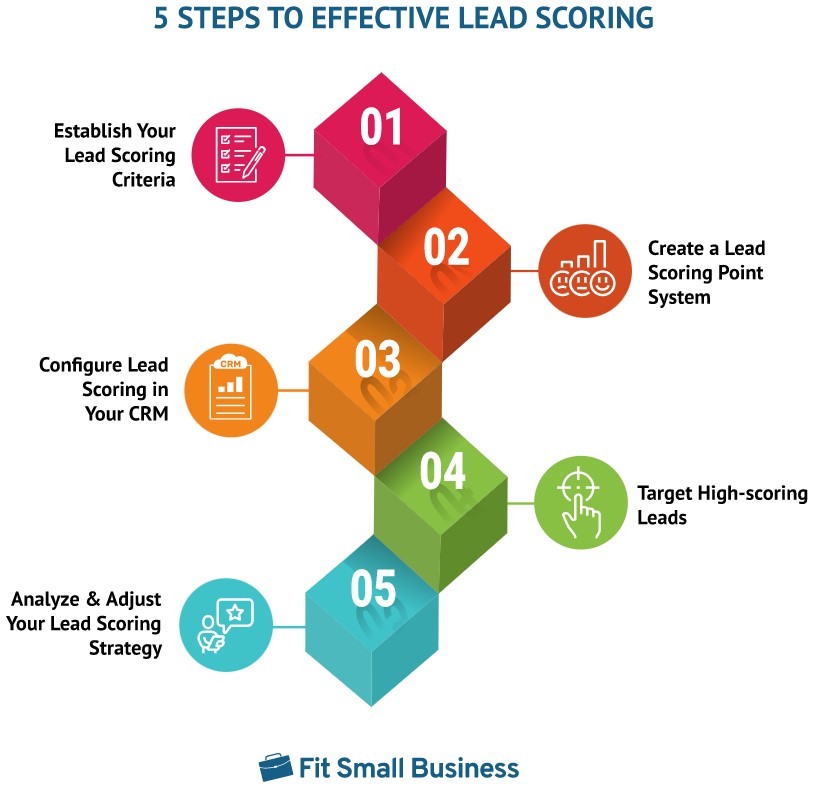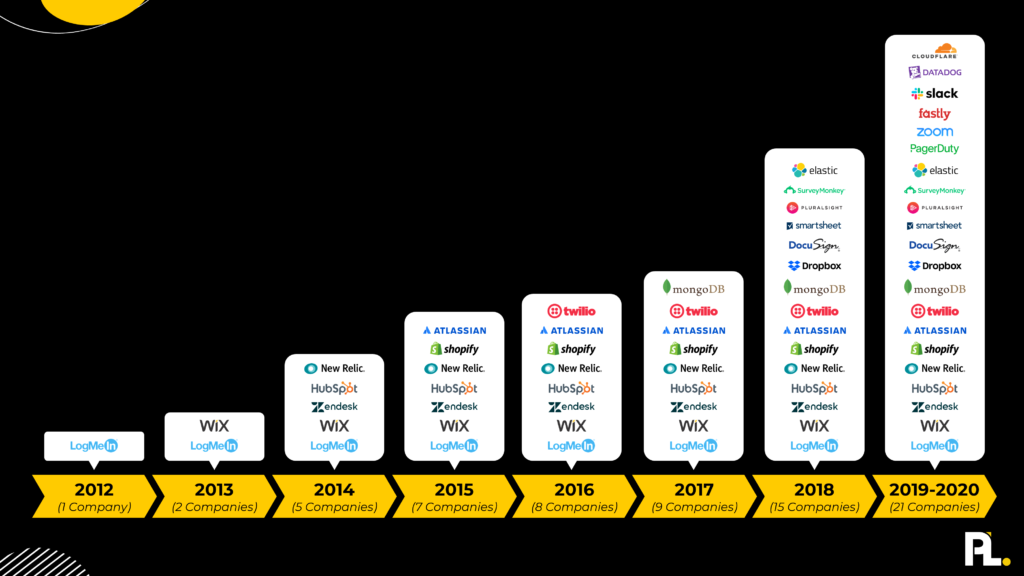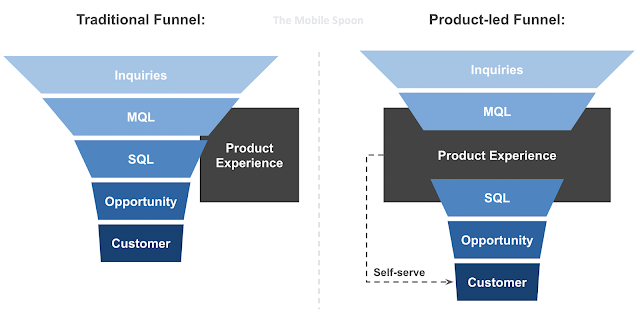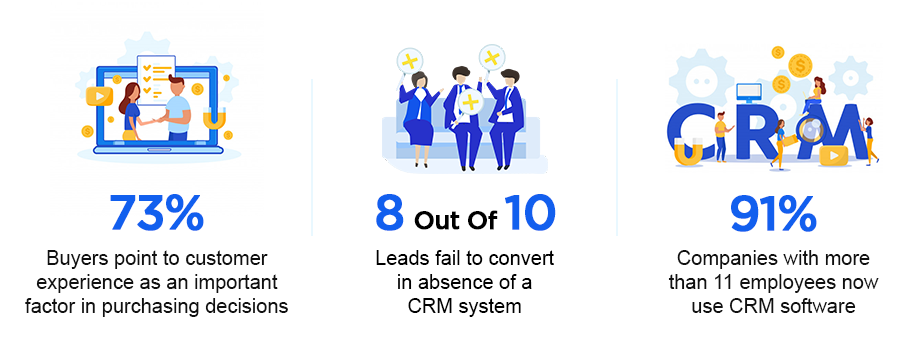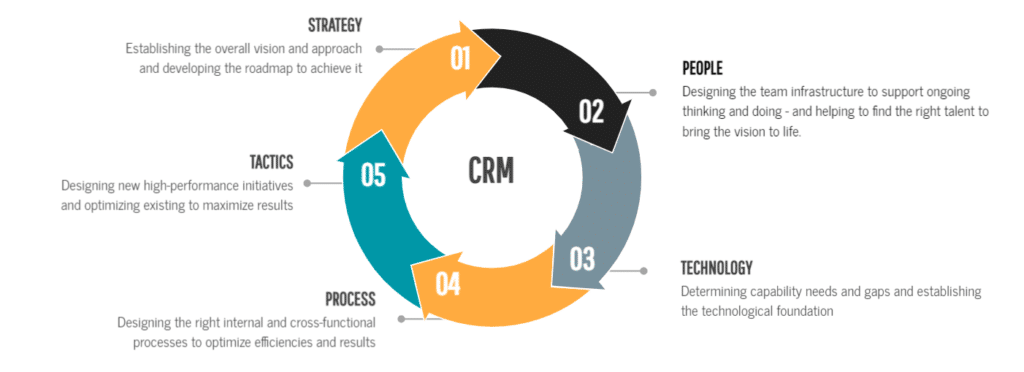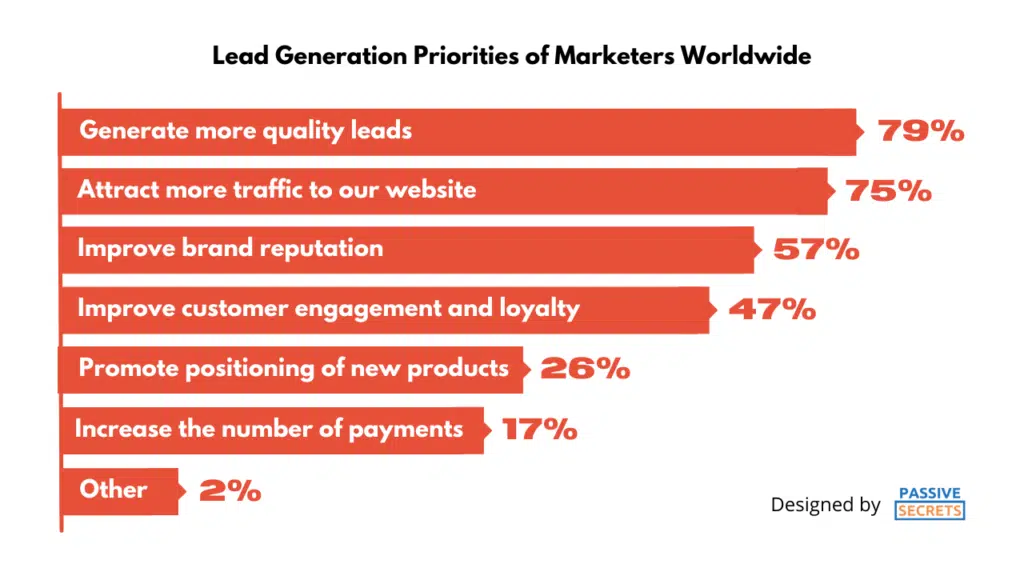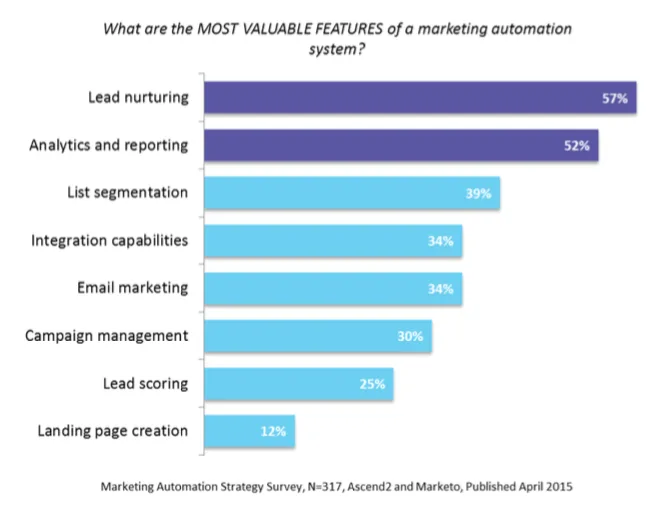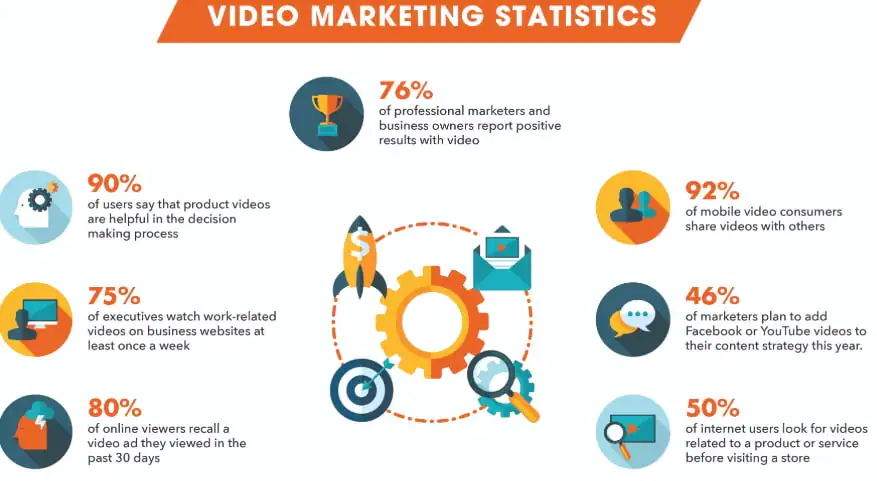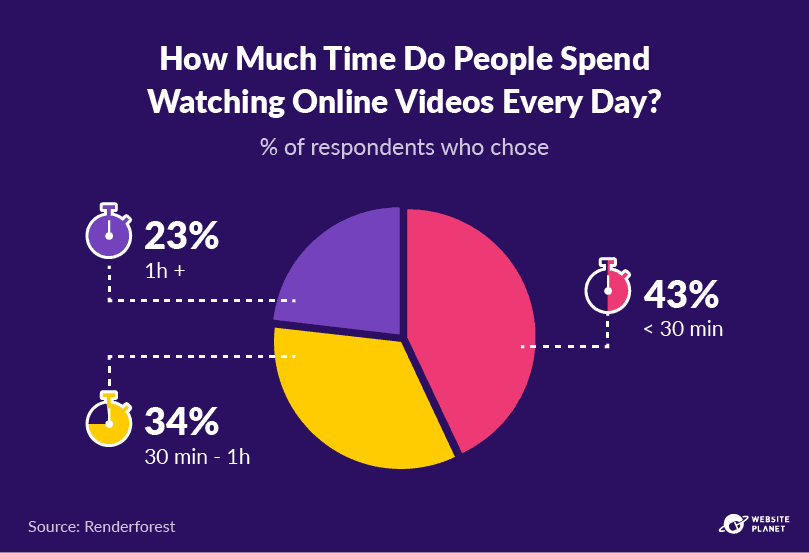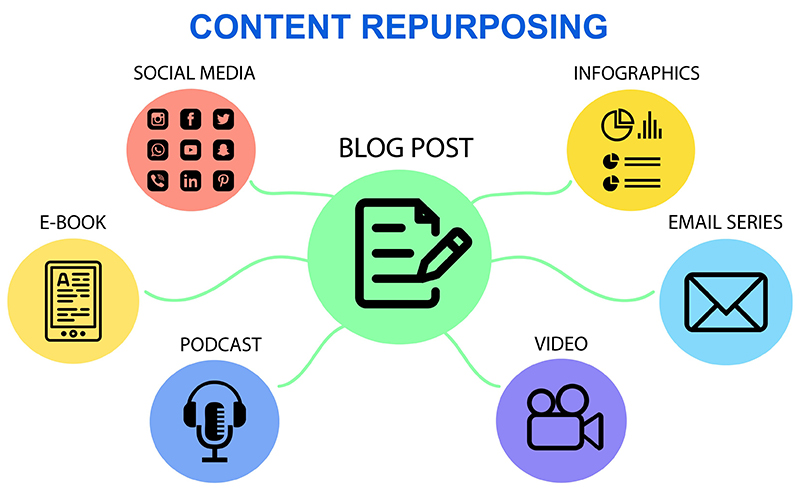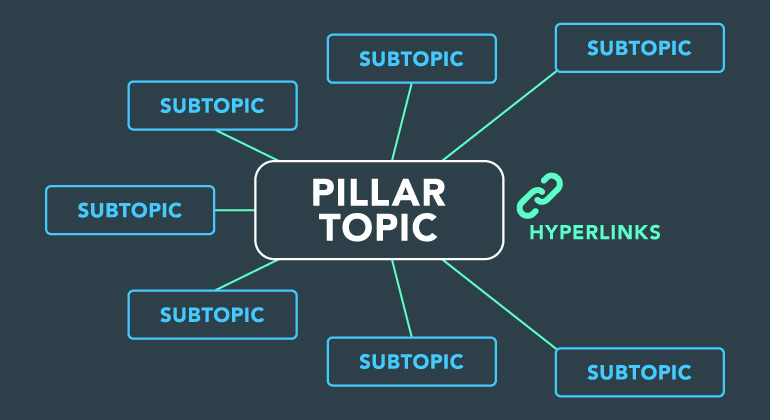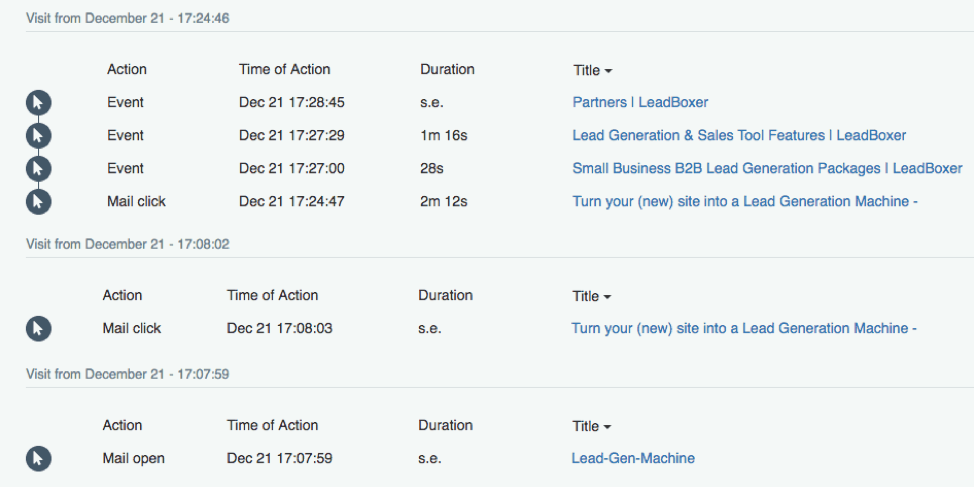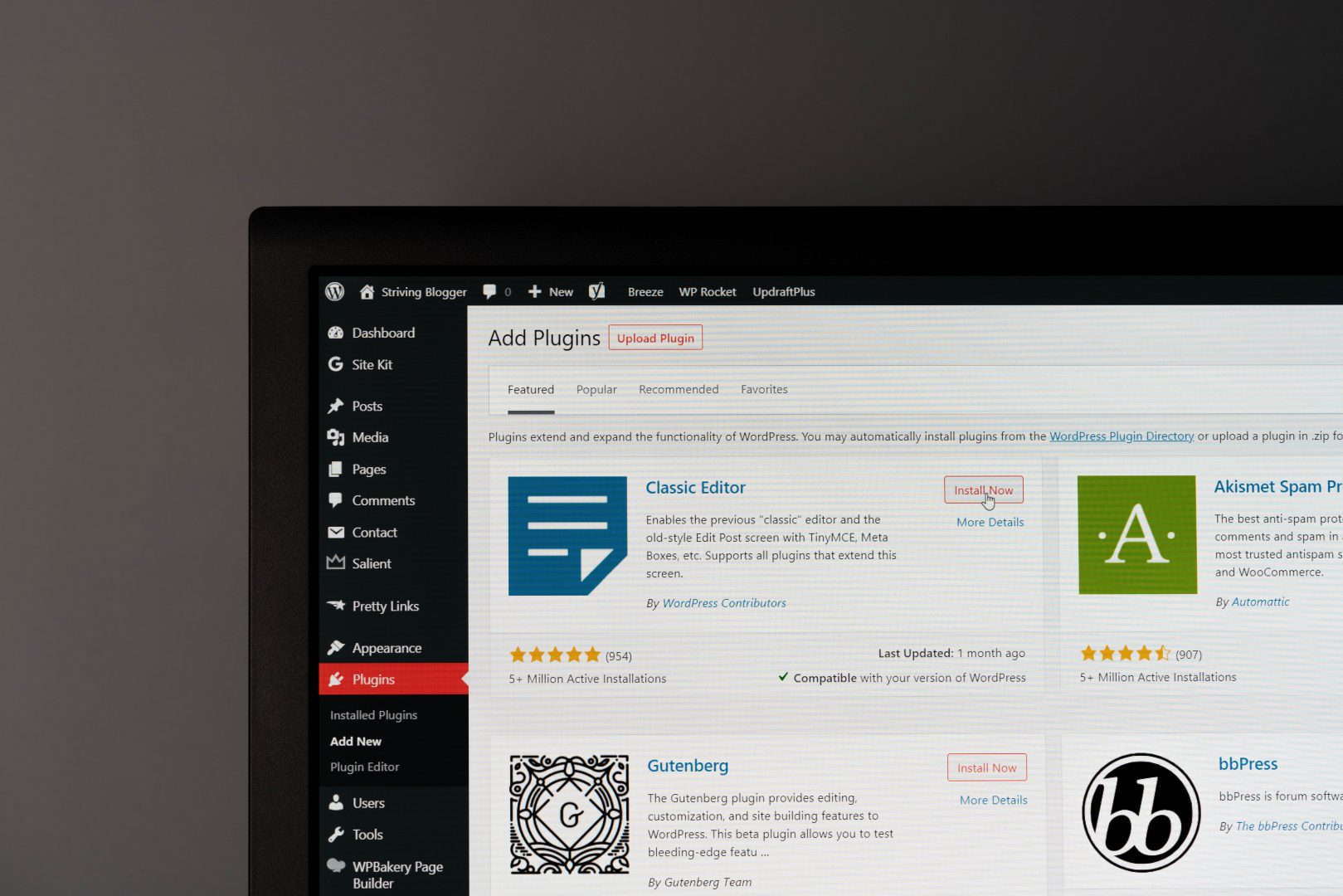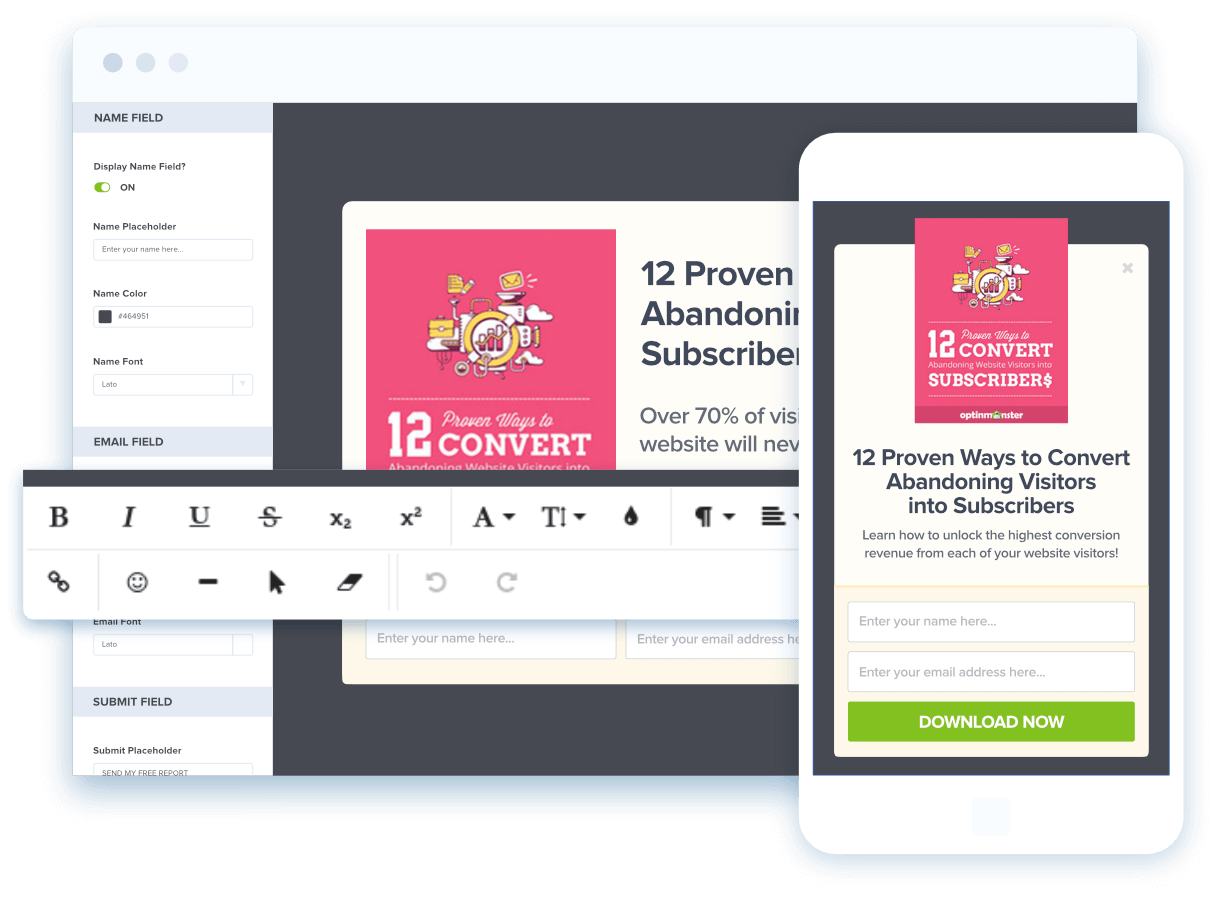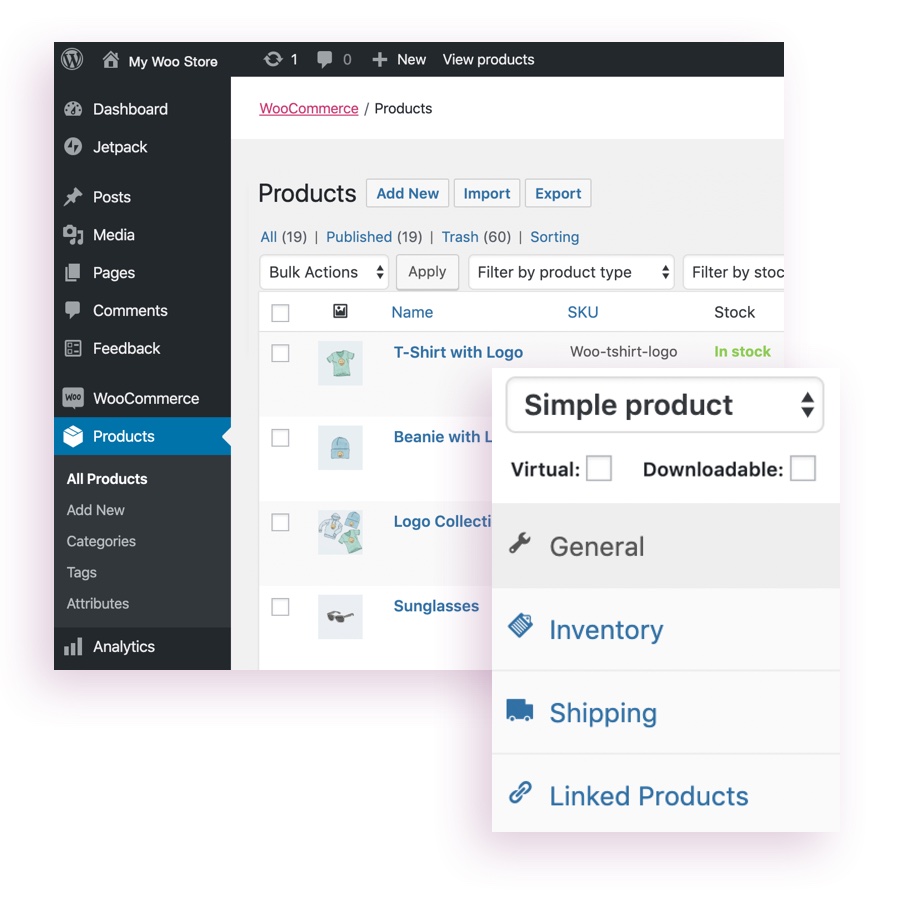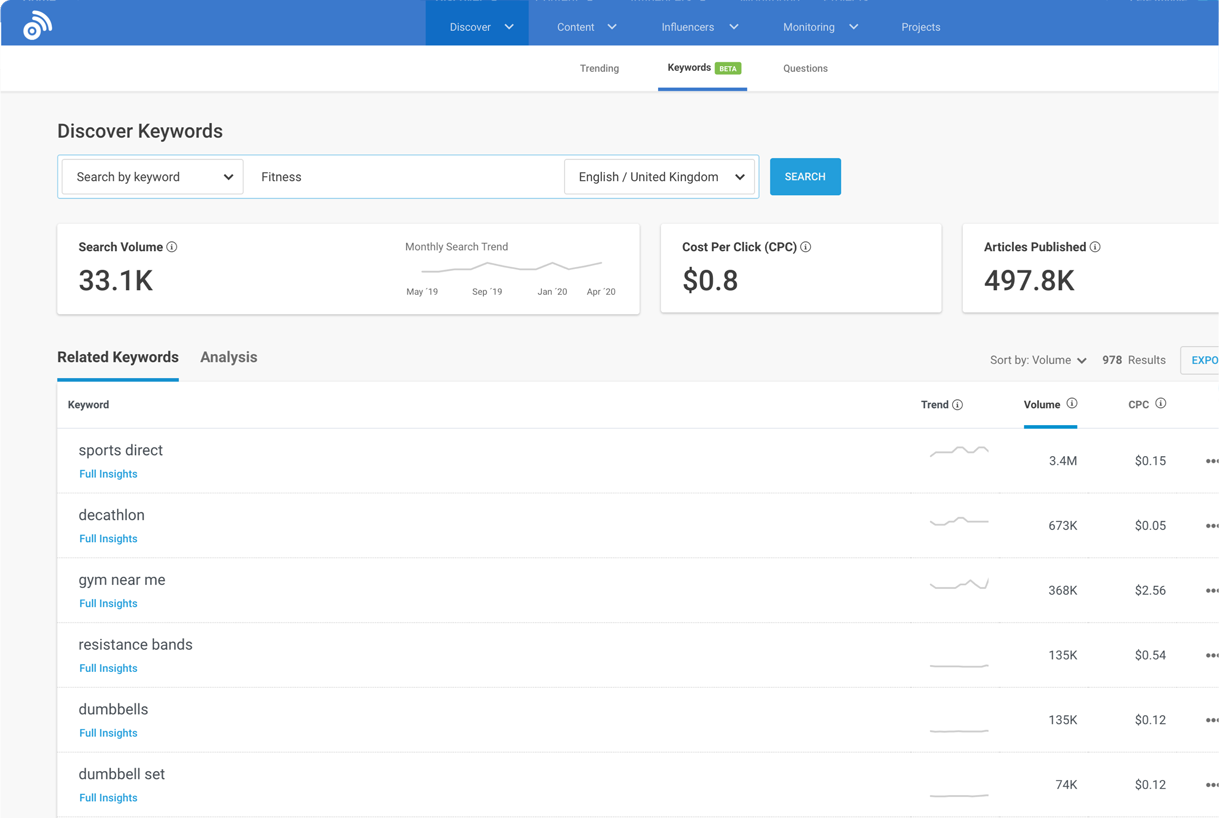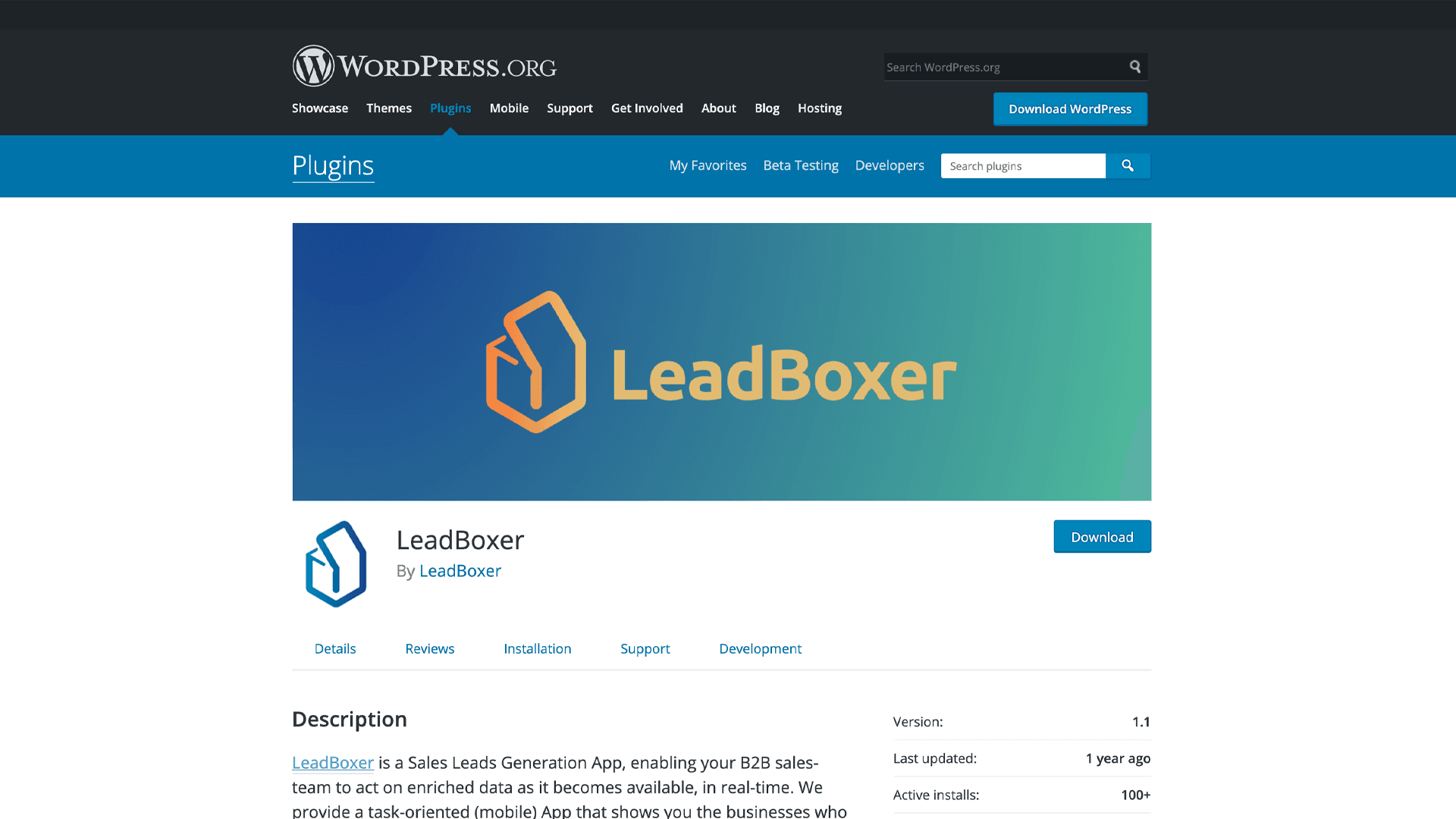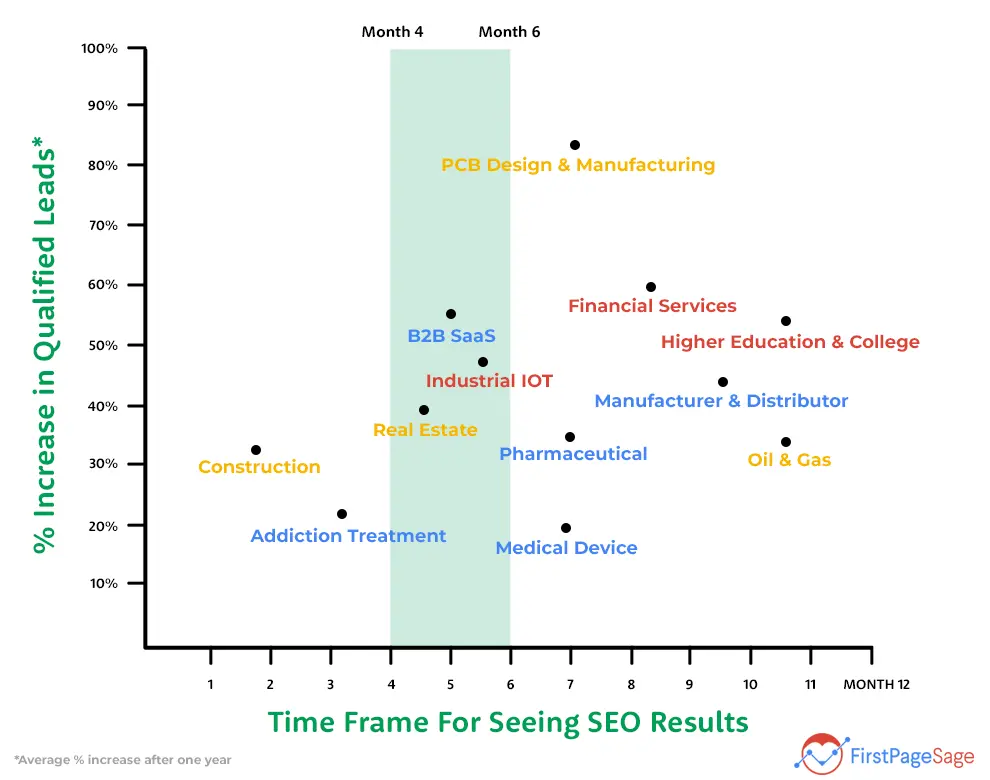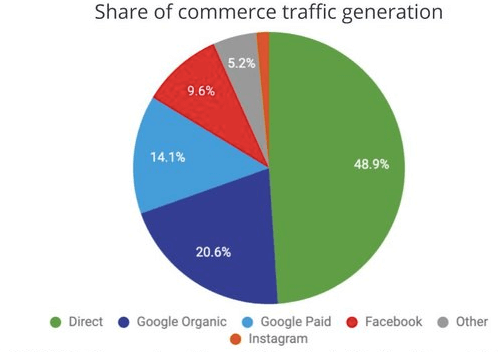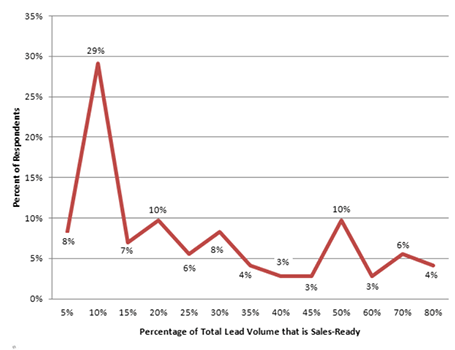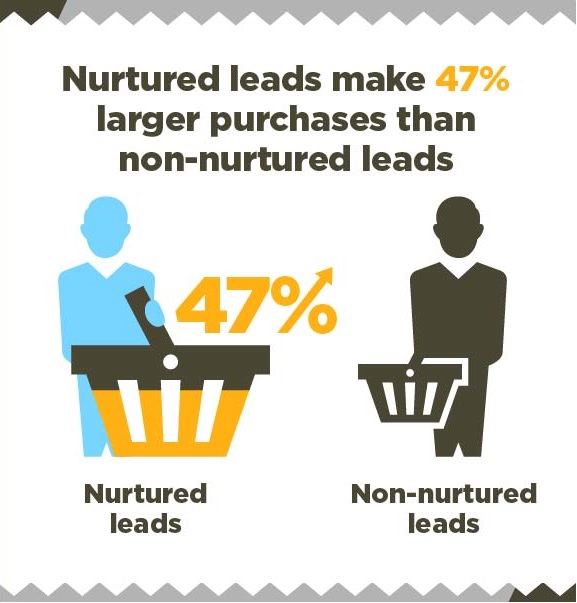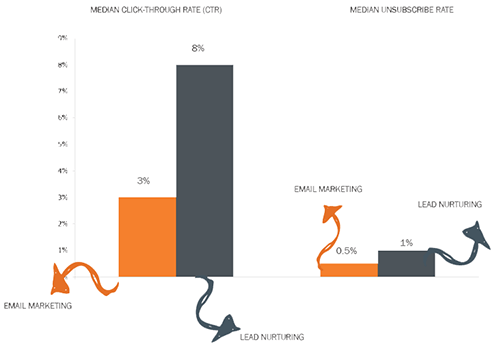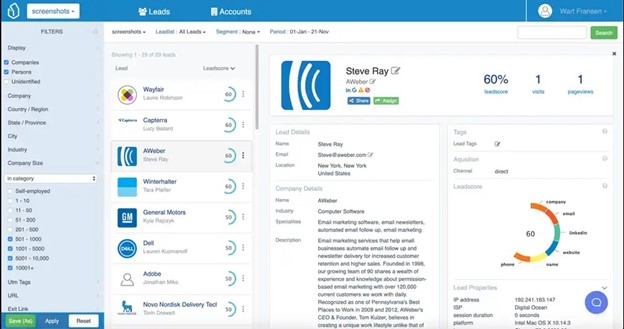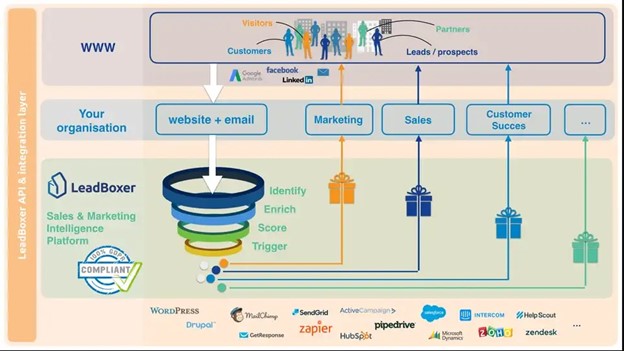How ChatGPT is Impacting B2B Marketing and Sales
Technology innovations are changing the way we work, including the sales and marketing landscape for many industries. The skyrocketing popularity of artificial intelligence (AI) applications like ChatGPT give companies yet another tool to surpass their competitors and use data-driven marketing to boost sales. The use of chatbots can help improve customer service and provide a better overall customer experience(CX).
In the B2B sector, it’s important to understand the impact ChatGPT can have on sales. Experts predict organizations striving to remain competitive will soon find the integration of AI into daily workflow crucial to success.
Continue reading, or use the following links to “jump ahead” and learn more about ChatGPT and its expected impact on Data Driven Marketing.
- What is Data Driven Marketing?
- What is ChatGPT?
- Why ChatGPT is a Game Changer for Sales
- Using ChatGPT to Improve the Customer Journey
What is Data Driven Marketing?
By using data from customer engagement and third parties, companies are able to base their marketing practices on these insights. This information sheds valuable light on the motivations and behaviors of your customers, enabling you to have a better understanding of their preferences. Using data to backup your marketing plans can help your company save money.
According to Forbes, two trillion dollars in revenue is wasted when marketing and sales don’t gather and use insights before making vital decisions that should be strategically determined based on available lead data analytics. In this time of economic uncertainty and downturn, maximizing the marketing budget is crucial to seeing the highest return on investment (ROI) for your company.
Using AI like ChatGPT can keep humans from missing vital information that can serve to drive sales. This cutting-edge technology can do more than simply create quick content. It can put data at your fingertips that pushes your company to the top of its industry.
For those who may be intimidated and hesitant to jump headfirst into a data-driven model, AI can play a role in relieving some of that burden. It may seem daunting to base your marketing strategy on current data and customer trends due to the workload needed to find this information. Using AI is a way of assisting employees as they seek to balance their workload and avoid human error while collecting and putting this insightful data to work.
What is ChatGPT?
Artificial Intelligence has been a driving force for innovation across industries. For those in tech, AI has been the subject of many conversations as well as a factor in new product releases and even the basis for some companies. Other industries are beginning to see the potential in adopting AI into their workflows.
ChatGPT is a language processing tool that uses AI to allow for conversations with its users. This chat bot reads and understands text to allow users to experience the technological innovation of this new information delivery method. For those who are new to AI, it’s important to understand why ChatGPT is such a game changer.
Rather than sorting through a multitude of links from a Google search or compiling data from different sources, ChatGPT makes it easy to locate information for quick use. The chatbot feature allows for a conversational approach, which makes it easily accessible and non intimidating for new users to try. You don’t need to be a tech expert to recognize the immediate benefits of using ChatGPT.
Designed by OpenAI, this platform launched at the end of November 2022. It has been the subject of many conversations across various industries. According to an analysis by UBS, ChatGPT managed to gain 100 million users after its first two months.
With this type of traction, it’s become an incredibly fast-growing app, and taking advantage of its features is important for many B2B companies. By using it with your current techstack, including Leadboxer, ChatGPT can seamlessly integrate into your team’s workflow to assist with marketing and sales efforts.
Why ChatGPT is a Game Changer for Sales
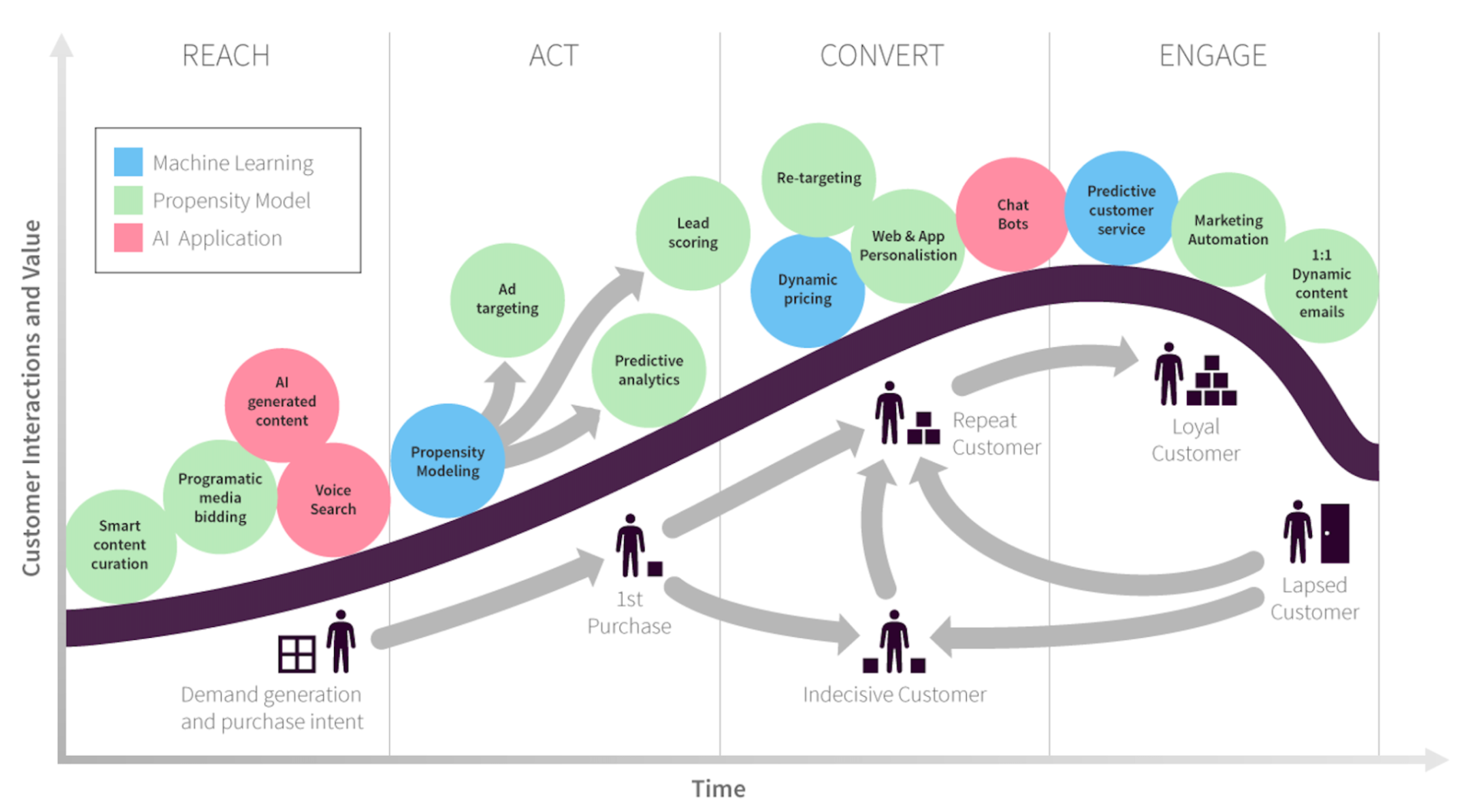
Getting started is as easy as typing your first question into the chatbox. Your team is able to access its features through the free version, or an upgrade is available for $20/month with the addition of a few extra perks. This type of technology can integrate with your current techstack to help streamline your sales process.
Lead generation and qualification is important for creating a strong sales pipeline. Making sure your sales team is working off quality leads helps save time and boosts overall sales. Using AI to automate your process can lessen the time between a lead’s interaction with content and when a salesperson reaches out.
Using a chatbot can help qualify a lead without expending valuable manpower, as AI can engage with leads to gather information and score leads based on defined criteria. Adding high-quality leads to your pipeline empowers your sales team to quickly identify and reach out to customers who will benefit most from your B2B solution.
Reaching your target audience is vital to ensuring your marketing team is earning the highest ROI possible. Creating relevant content helps showcase your company as a viable solution to your prospects’ problems.
It’s also a great way to establish your business as an industry expert. ChatGPT can help your team create content that shares important information in a timely manner.
ChatGPT is an incredible language generation tool. Its capabilities can help your marketing team develop blog posts, whitepapers, and social media content to distribute to target audiences. This tool doesn’t replace a marketing department, but it does help allocate resources to other tasks.
This type of tool can also help your team easily segment audiences to make sure content gets to prospective clients at the right time. By using ChatGPT, your marketing team can create pieces for all stages of the sales cycle. Automating workflows can ensure this personalized information lands in the inboxes of each segment to help walk them through the sales pipeline.
AI can play a major role in forecasting market trends and analyzing patterns within your industry. This data is gathered by ChatGPT through historical sales data, previous customer behavior, and market trends. This allows your team to take a data-driven marketing approach to optimize sales strategies, plan future product roll outs, and push marketing campaigns.
By adding ChatGPT into your team’s tech stack, your company can stay ahead of competitors by using data-driven marketing tactics. Allowing accurate customer information to guide strategic decisions helps increase ROI and boost sales.
Using ChatGPT to Improve the Customer Journey
Leading customers successfully to closing a deal is the goal of any salesperson. The customer journey starts as soon as a lead is identified, and the experience throughout the sales pipeline plays a large role in landing a sale.
While you can’t personalize your outreach for each individual customer, content should be segmented based on audience groups in similar stages of the customer journey. This helps funnel customers through the sales pipeline by providing relevant product information on a timeline that meets their needs.
By utilizing AI, your team can save time and resources throughout the sales journey and improve the overall customer journey.
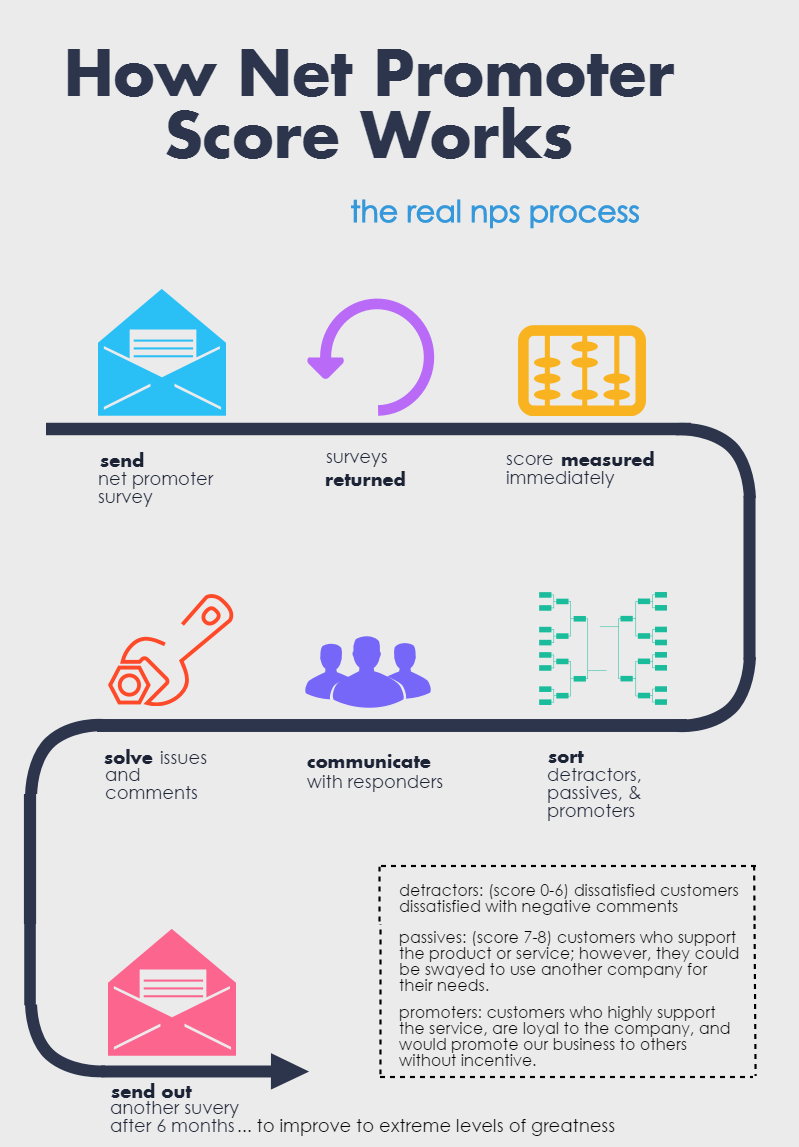
Understanding how to measure customer satisfaction is the first step toward improving your sales cycle and the overall CX. Setting metrics and using a scale like a Net Promoter Score (NPS) is a great way to keep your team on track. This type of data is important for understanding how your clients feel about their experience with your company and its services/products.
ChatGPT can also help your team streamline efforts and boost the overall experience for your customers. Time is one of the most crucial parts of a successful client interaction. Automation is a powerful way to make sure communication is quick and efficient.
By allowing a ChatGPT chatbot to be used on your website, prospects can immediately meet and engage with your brand. This technology can initiate conversations, gather initial information your team will need, and provide quick assistance for their questions. Personalized interactions like these can help leads learn more about your solutions and provide a positive first impression.
ChatGPT uses the information discovered to assess the needs of potential customers. Engaging in immediate conversation allows the chatbot to ask targeted questions that dig into your prospect’s pain points and explore the challenges they’re looking to resolve. With this information, AI has the ability to help qualify leads to ensure your company can provide the right solution(s).
Throughout the journey, proper communication can assure customers that their needs are being suitably addressed and met. While having an actual salesperson to contact throughout the process is important, ChatGPT can help cover any real-time assistance around the clock. Using a chatbot can provide instant responses to customer questions, troubleshoot common issues, and guide prospects through the decision making process.
For companies where price is determined by the customer’s needs, ChatGPT can be used to help put together proposals, including product details, pricing, and terms of business. This streamlines the sales process, and can help your salespeople get this information over to the customer as soon as they’re ready to buy.
ChatGPT can also play a major role in fostering strong relationships and encouraging customer loyalty. By using AI for post-sales engagement, your clients can have access to onboarding and training materials. It is also great for gathering feedback from customers, which can inform company decisions about product roll outs and future implementations.
To get started integrating ChatGPT with Leadboxer, click here for a free trial!
How ChatGPT is Impacting B2B Marketing and Sales Read More »


